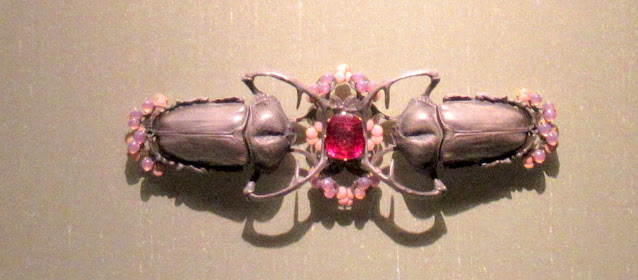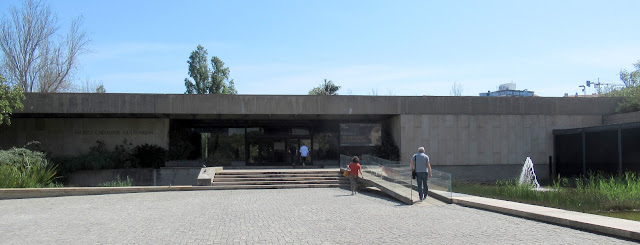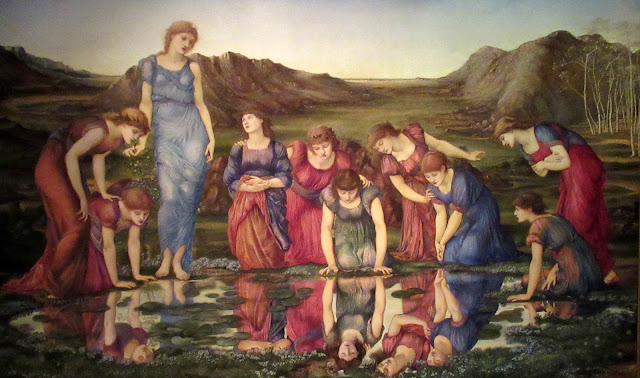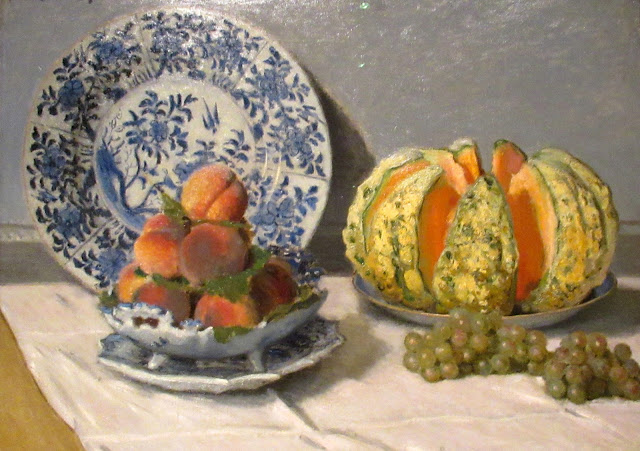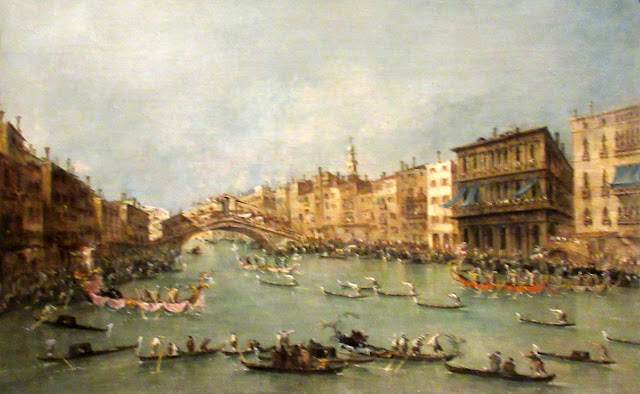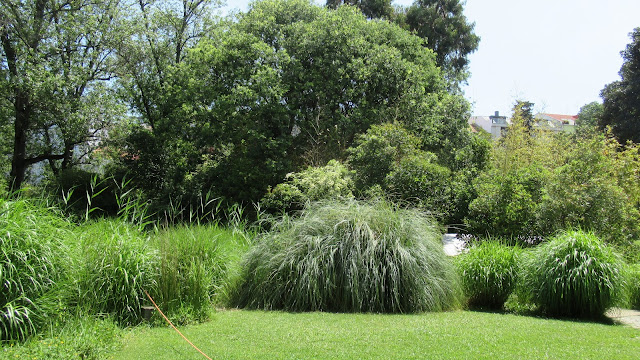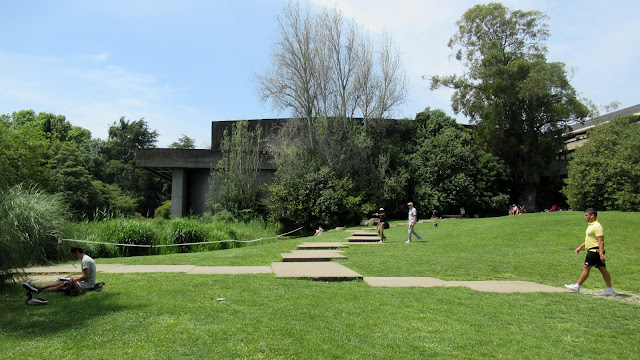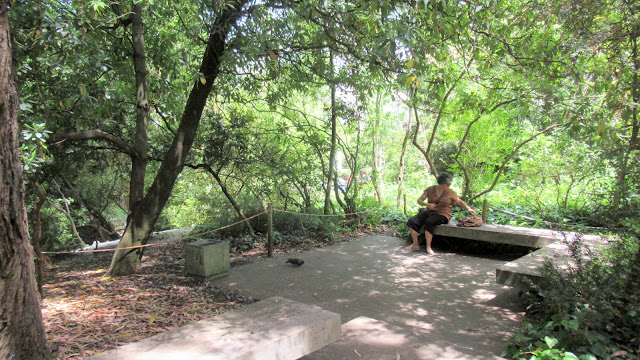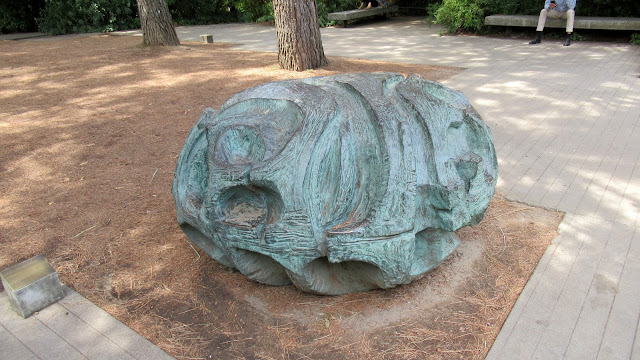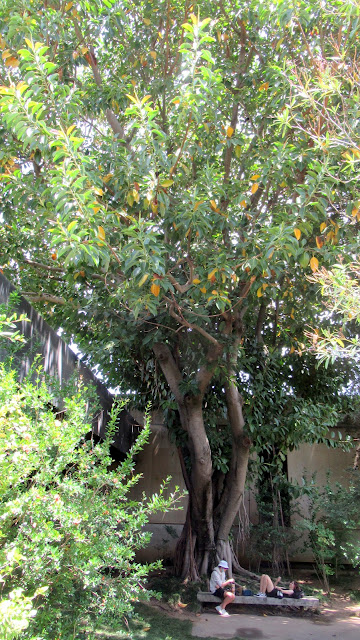Rene Lalique at the Gulbenkian, Lisbon.
Wednesday, 29 June 2022
Rene Lalique at the Gulbenkian, Lisbon
Tuesday, 28 June 2022
The Glubenkein Museum - the permanent collection
Friday, 24 June 2022
The Gulbenkian Museum
The Fundacao Calouste Gulbenkiam was set up by the Armenian oil magnate Calouse Gulbenkian whose legendary art-market coups included the acquisition of works from the Hermitage in St Petersburg. Today the Gulbenkian Foundation has a multi-million-collar budget sufficient to finance work in all spheres of Portuguese cultural life. In this low-rise 1960s complex alone, it runs an orchestra, three concert halls and an attractive open-air amphitheatre.
The complex consists of the brutalist building shown above which hosts the founder's collection; extensive grounds, where the open-air amphitheatre is situated; and a modern building that contains the modern colletion - the modern building is undergoing extensive rebuilding, so, unfortunately, we were unable to see the modern collection.
Three pools of water are to be found around the entrance to the building






